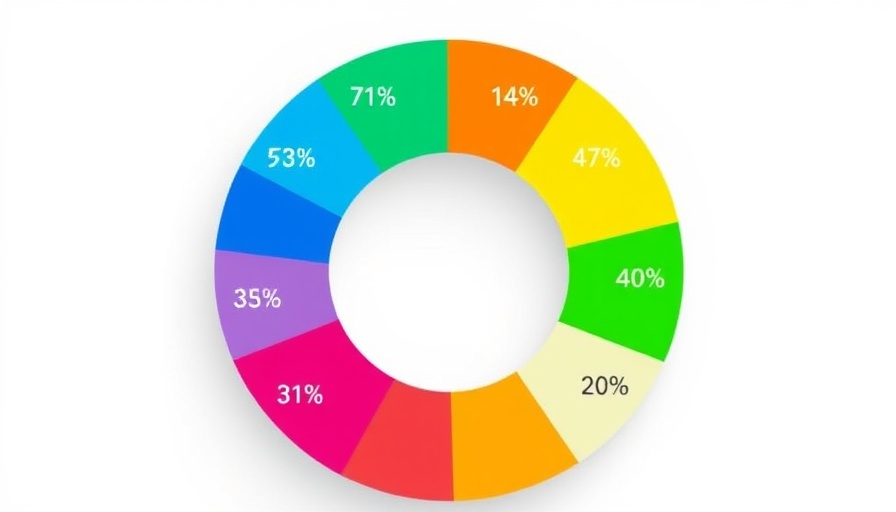
AI and Developer Productivity: A Double-Edged Sword
In the fast-evolving world of software development, the integration of Artificial Intelligence (AI) has ushered in notable shifts. According to Atlassian's 2025 State of Developer Experience (DevEx) Survey, an overwhelming 99% of developers report saving time through AI tools, with many claiming gains of over 10 hours weekly. However, this improvement comes with a caveat: developers are concurrently losing an equal amount of time to organizational inefficiencies. The research highlights a growing paradox: while AI enhances productivity, it does not address the fundamental challenges that creators face daily.
The Rising Role of AI in Development
The 2025 survey paints a picture of optimism. With a significant leap from Atlassian's prior survey, developers have embraced AI to not only assist in coding but also to streamline various aspects of their work life, especially non-coding tasks. This robust adoption signals a growing reliance on technology to enhance productivity. Yet, as developers allocate time towards tasks like improving code and creating new features, they still grapple with inefficiencies that detract from these gains.
Identifying Friction Points in Developer Workflows
Despite AI's promise, it cannot circumvent the systemic roadblocks many developers encounter. The survey indicates that up to 90% of developers waste several hours weekly navigating organizational challenges such as inadequate access to information and the need to switch contexts across various tools. Interestingly, elements like tech debt, previously viewed as major concerns, have faded from developers' pressing issues. Instead, cross-team collaboration has emerged as a top friction point, underscoring the importance of cohesive team dynamics in enhancing productivity.
Strategies for Improvement: Bridging the Gap
To harness the full potential of AI and mitigate time wastage, organizations must adopt a strategic approach that encompasses understanding and addressing developer pain points. This goes beyond merely introducing AI tools; rather, it requires a holistic evaluation of workflows and a commitment to fostering an environment conducive to collaboration and efficiency.
Conclusion: A Call to Action for Developers and Teams
The findings from Atlassian's report underline a crucial paradox—while developers can save time with AI, systemic inefficiencies continue to loom large. As teams look to enhance their workflows, it's essential to prioritize understanding and improving the nuances of their operational environment. By doing so, developers can realize the promised benefits of AI without being hindered by recurring challenges.
 Add Row
Add Row  Add
Add 




Write A Comment